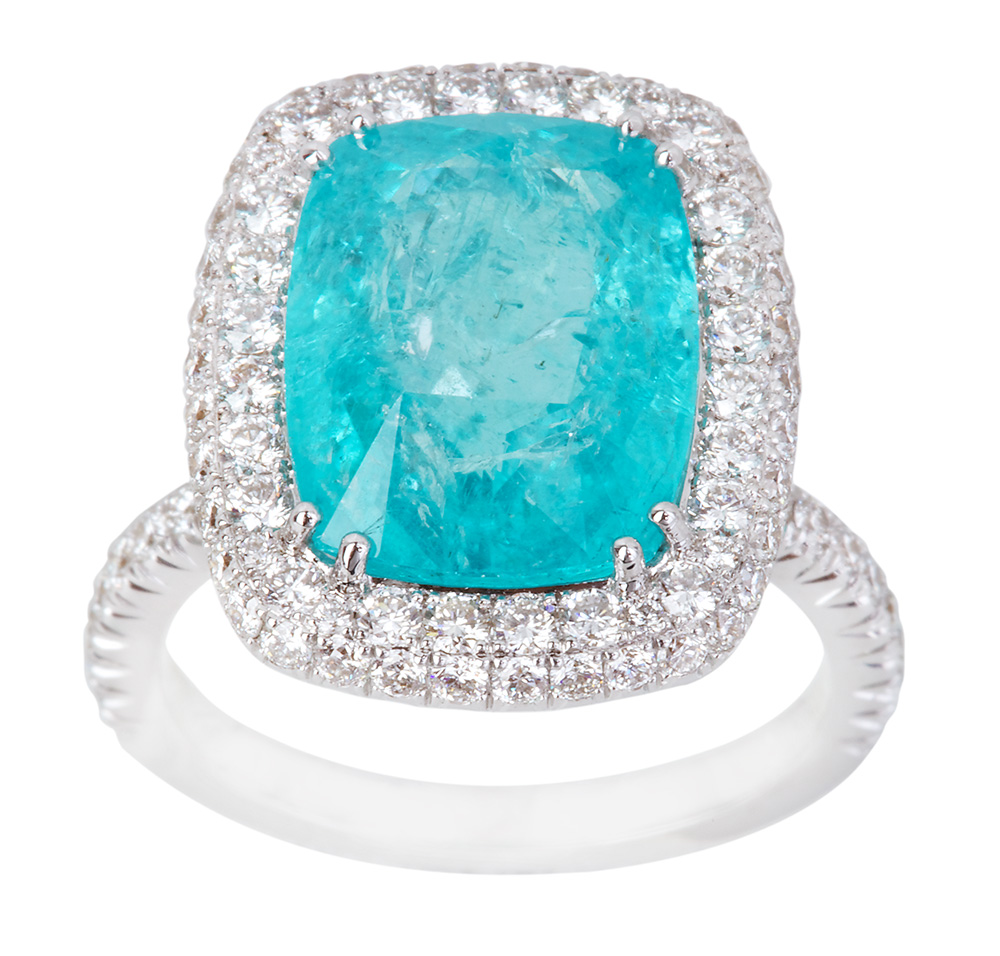
 |
| Have You Driven A Fjord Lately? |
When Leif Eriksson ventured far out into the Atlantic, away from any coastline that could help them determine their position, they had a secret gem weapon: the Ocean Sapphire, aka, Iolite. The Viking Mariners used thin pieces of it as the world's first polarized sun glasses! Crystal Magic Power.
 As long as the sun was visable, latitude could be
determined, but in bad weather, these Norse Navigators looked through an iolite
lens. So, with the sun hidden by clouds, they were STILL able to determine the exact position of
the sun, and navigate their way safely to the New World and back.
As long as the sun was visable, latitude could be
determined, but in bad weather, these Norse Navigators looked through an iolite
lens. So, with the sun hidden by clouds, they were STILL able to determine the exact position of
the sun, and navigate their way safely to the New World and back.The property that made iolite so valuable to the Vikings is its extreme pleochroism. Iolite has different colors in different directions in the crystal. A cube cut from iolite will look a more or less violet blue like a reflective pond like look from one angle, almost like sapphire, from one side, clear as water from another angle , and a honey yellow from on top. In the past, this property led some people to call iolite 'water sapphire'.
Pleochroism may have been helpful in navigation but it certainly makes life difficult for the cutter. If iolite is not cut from exactly the right direction, no matter what the shape of the raw crystal, its colour will not be shown to its best advantage.
The name iolite comes from the Greek 'ion', which means violet. Iolite is usually a purplish blue when cut properly, with a softness to the color that can be quite attractive. It is the stone of Aquarius
Iolite is readily available and surprisingly affordable. The richer the blue, the better. It is harder on the Mohs scale than Tanzanite, but not as marketed.Therefore there is good value when choosing this gem.
One of great gemstone discoveries in Wyoming occurred near
the turn of the 20th century when iolite was discovered in the central Laramie
Mountains (Hausel, 2014). While searching for another gemstone, geologist, W.
Dan Hausel came across the first of a group of iolite deposits in the Laramie
Mountains (Hausel, 2002). At the time in 1996, Hausel was exploring vermiculite
schist for rubies and sapphires west of Wheatland, when he spotted a small
specimen of flawless, gem-quality iolite in dirt south of the ‘Rolf’
vermiculite-corundum prospect. Over the next few hours, Hausel recovered
several detrital specimens of gem-quality iolite and located the outcrop (lode)
containing the gemstones.
The National Parks Department closed down any commercial
mining because of the environmental impact. Nevertheless, Iolite is currently mined alluvial
(Like panning for Gold) in India, Sri
Lanka, Mozambique, Zimbabwe, and Brazil. The Vikings probably mined theirs from
deposits in Norway and Greenland.
Iolite is relatively hard but should be protected from blows. With its attractive color and reasonable price, it is becoming a jewellery staple in the industry.
Iolite is relatively hard but should be protected from blows. With its attractive color and reasonable price, it is becoming a jewellery staple in the industry.
















0 comments:
Post a Comment